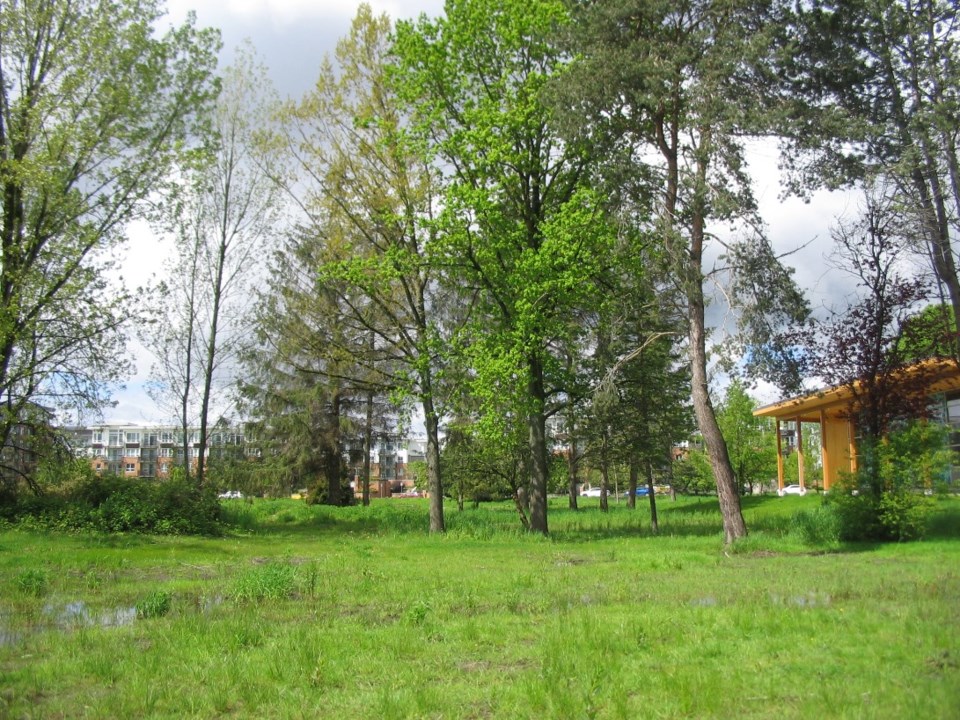In response to climate change and rapid development, the City of Richmond has come up with a plan to maintain and increase the publicly-accessible urban forest, which is made up of around 100,000 trees.
City council will vote on endorsing the proposed strategy — which would be an update to the current Urban Forest Strategy adopted in 2001 — at Tuesday’s parks meeting.
“The rapid pace of development and a changing climate is affecting the quantity and characteristics of Richmond’s public trees,” reads the proposed strategy.
“These changes demand a response and a renewed focus on the city’s tree management practices.”
Urban forests provide a number of benefits, such as beautifying and cooling the city, removing pollutants, providing a habitat for wildlife and connecting people to nature.
The public urban forest refers to trees on city-owned land, including parks, streets, civic properties, natural areas and some school district lands.
In addition to maintaining and conserving the existing urban forest, the strategy would also increase the city’s canopy cover — a measurement used to describe the extent of a city’s urban forest — on public land from 20 to 30 per cent by 2045.
To achieve this, the city would plant a minimum of 850 new shade trees each year, according to the proposed strategy.
The new trees would also add diversity to Richmond’s existing tree stock, 40 per cent of which is comprised of maples, cherry or plum and oak trees, and lessen the risk of disease or disturbance that could harm the urban forest, according the strategy.
Tree diversity could also help combat climate change and reduce temperatures in Richmond, but the strategy notes the city would also need to “consider more frequent or severe drought or storm events (e.g. extreme weather).”
The city also wants to enhance its existing tree stewardship opportunities, including with Indigenous peoples, and public education with a goal of engaging with 5,000 Richmondites about the urban forest by 2025.



